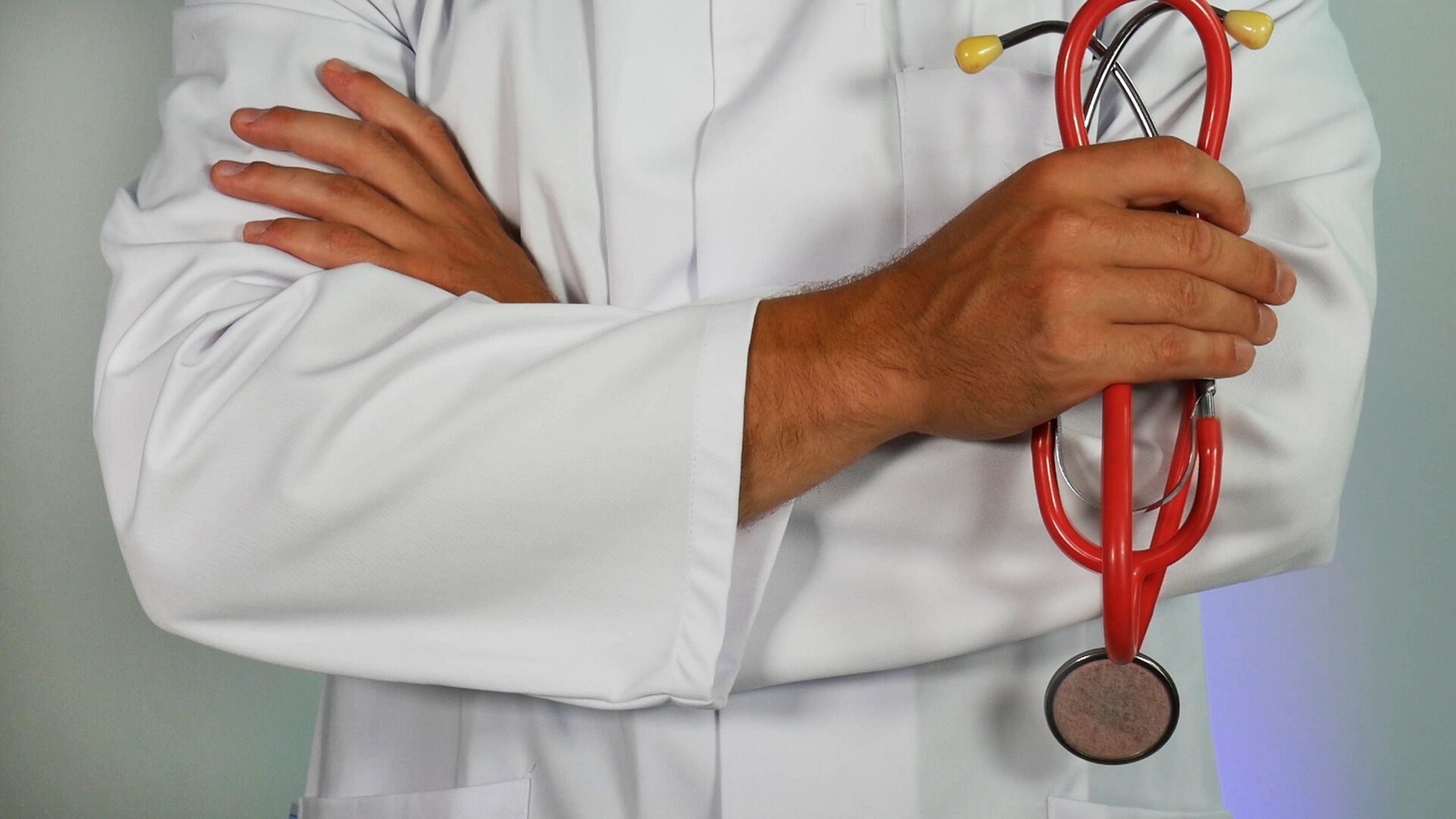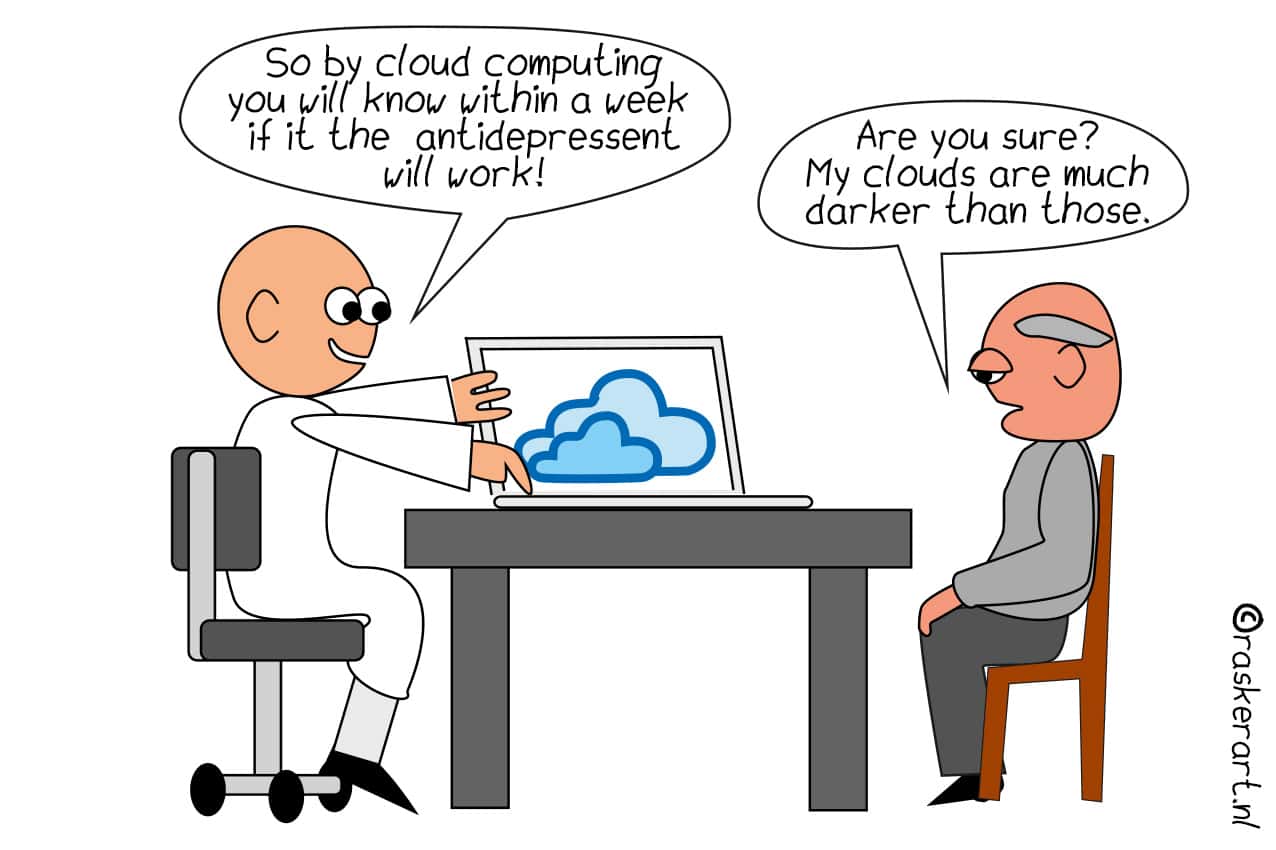
Dr. Google has achieved enormous popularity. More than half of the queries are health inquiries, says Eveline Prohaska, a researcher at the Vienna University of Applied Sciences in Austria, who specializes in healthcare engineering. But before digital applications can replace one or two visits to the doctor, more digital literacy is needed on the part of citizens.
According to Tamás Petrovics, health apps are the solution to the dilemma. He has developed Xund (a play on the German word “gesund” meaning “healthy,” ed.) in his start-up, a health app that manages to pick up medical laypeople where they are: At their pain – and at the terms they use to describe it. Petrovics and Prohaska met at an online talk hosted by Wien kann’s!, (Vienna can do it!), a series of events organized by PR&D, a public relations agency for research and education. The topic: ‘E-heath diagnosis via app’.
The expectation for health apps
Right up front, the title of the discussion is provocative. Apps may not diagnose. The basic information that emerges from a question/answer session with a medical layperson is not sufficient for this, explains Petrovics, and continues: “Moreover, diagnoses may only be made by the doctor, and Xund is not intended to replace him or her. That’s why we point out to patients several times in the process that it’s just information. We’re giving them the information they need to take charge of their health and navigate the healthcare system as purposefully and efficiently as possible.”
“Diagnoses should only be made by the doctor, and Xund is not meant to replace the doctor.”
Tamás Petrovics, Founder and CEO Xund
Certification as a medical device
As such, the start-up’s health app is certified as a medical device. This type of certification is open to apps that assist in either disease situations or with diagnosis. In the flood of apps available on the market, there are not many that have this certification. Prohaska speaks of just two percent. The certificates confirm that the apps really measure what they are supposed to measure.
The certification then also allows doctors to use these health apps whether it’s to make a diagnosis or to help with a therapy. The latter could be, for example, an app that helps type 2 diabetics keep track of the carbohydrate content of foods, whereby the legal responsibility cannot be assumed by the app, says Prohaska.
Digital competence is required
The researcher has a positive attitude toward health apps from a technical point of view because they relieve both the burden on the healthcare system and the patient: “If not everyone comes to the outpatient clinic who has a headache, that probably makes sense for the healthcare system and the costs that arise from it. At the same time, it allows anxious patients to get valid information outside of office hours, reducing stress and travel,” she says.
Also interesting: Digital help for people with diabetes from Denmark
She says health apps that support a healthy lifestyle and help manage chronic diseases, such as diabetes, are particularly useful. The problems she sees are, on the one hand, the enormous range on offer, which demands a critical approach, and, on the other, the lack of digital competence on the part of consumers. She gauges the lack of competence, for example, from the recklessness with which patients give sensitive data about their health to the American search engine company Google. “What you enter there you wouldn’t trust anyone with, and yet no one worries about privacy. But people reject the corona app since you might be tracked.”
“What you enter into Google, you wouldn’t trust a human being with. Yet no one worries about privacy. But people reject the corona app since you might be tracked.”
Eveline Prohaska, Healthcare Engineering, FH Campus Vienna
Government support
Incidentally, Germany is the first country to introduce selected health apps on a prescription basis. The Digital Care Act was passed in October 2020 and launched with two apps: one for tinnitus patients and one for patients with anxiety disorders. Since then, the Federal Institute for Drugs and Medical Devices has maintained an increasingly long list of recommended health apps on its website.
In the case of mental illness, health apps remove a barrier, Prohaska explains. Those affected are stigmatized or feel stigmatized. “If they don’t have to ask the primary care physician, but can instead use a digital app to clarify that they need to go to a specialist, that’s a very low-threshold way to access health care.”
Needs in inpatient care
Prohaska works at the intersection of technology and the healthcare professions. She teaches and conducts research at the FH Campus Vienna, Austria, in the field of healthcare engineering. Here, people in healthcare professions are to become co-designers. One colleague’s master’s thesis, for example, was about apps in inpatient care. The results of this study were astonishing, says Prohaska: “We examined many great apps, even those that are considered medical products. But in the end, the translation app won. That shows the biggest problem in health care and nursing, at least in Vienna, where you have to treat a lot of patients who don’t speak German. You wouldn’t even think of such basic problems as a developer.”
Making complex things simple
Petrovics, the founder and CEO of health app Xund, has a doctor on the founding team. Still, he says, it wasn’t easy to map information that would take years of training for a doctor into an app for medical laypeople. After all, he says, it needs a translation that works in written form or via voice assistant. The result is an app that initially simply asks, “Where does it hurt? Based on this initial information, a decision tree builds up in the background of the app. Patients are guided through this tree with questions that the doctor would also ask.
Also interesting: An app for empowering patients in the healthcare system
The database has 1.8 million scientific publications on diagnoses and health or disease patterns. From this, the AI tool can extract symptoms and disease correlations to 4,000 disease patterns. “There is not enough information to distinguish very specific genetic defects. That means we are focusing on the primary care area here. That’s the area that 99.5 percent of patients face during their lifetime,” Petrovics said.
We’re focusing on the primary care area here. That’s the area that 99.5 percent of patients face over the course of their lives.
Tamás Petrovics, Founder and CEO Xund
Comprehensible decisions
Petrovics calls AI the quantitative leg of the database. The qualitative leg, he says, is formed by a team of physicians who review this information once again. That’s how they want to ensure a very stable and high-quality medical database, he says. AI applications often form a black box. With Xund, that is not the case, he said. Petrovics: “We specifically used algorithms that are comprehensible. That is very important in medicine.”
Last but not least, he says, attention was also paid to the fact that patients’ symptomatology can be subject to various influencing factors. For example, the frequency of symptoms varies between genders and different ethnic groups. The recommendations also take into account factors such as age and lifestyle habits.
Also interesting: Intelligent speech recognition to combat depression and suicide






